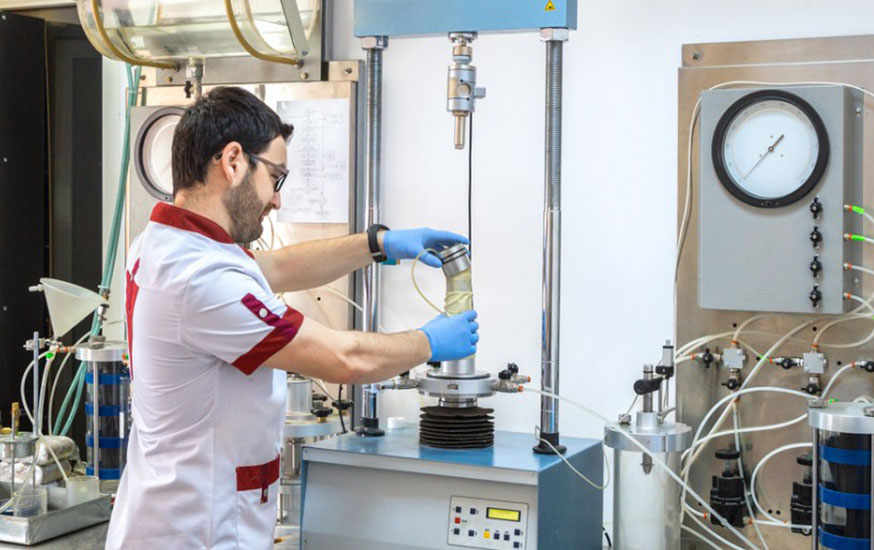The USP is planning to revise their USP<1058> Analytical Instrument Qualification Chapter, August 01, 2017. The planned principal changes to USP<1058> are as follows:
- The revised USP chapter introduces the concept of a user-driven risk assessment to establish the level of integrated instrument qualification to demonstrate “fitness for purpose” of the instrument. In addition, the chapter notes that risk assessment should also be conducted for any legacy instrument that is in use and that has not been qualified (or not to current standards) to determine the best course of action.
- There is a reference to User Requirement Specifications (URS) and how these should be generated by the instrument user prior to any qualification activity as these define the laboratory needs and the technical and operational requirements.
- From the instrument lifecycle perspective, the chapter specifies the criticality of conducting qualification testing after preventative maintenance and unscheduled repairs and post relocation of the instrument. The instrument user’s change control process should assess the level of qualification needed to demonstrate satisfactory operation after the change to the instrument and whether the change necessitates an update to the Design Qualification (DQ) documentation.
- Vendor Qualification Documentation Packages should be reviewed by the users to confirm acceptability and alignment with the URS and that they comply with the regulations. In addition, the users will review and approve the test data generated by the vendor after execution of the vendor protocol testing.
- The revised USP<1058> places more emphasis on Software Validation and specifies that the instrument Operational Qualification (OQ) should also include confirmation that the configured software (per planned routine use) will capture and analyze the data, adequately report results under conditions of use, has appropriate security/access controls and has an automated audit trail. The chapter references GAMP: A Risk-Based Approach to Compliant GxP Computerized Systems for guidance in relation to validation of computerized software systems.
- The Analytical Instrument Qualification (AIQ) package should document the preventative maintenance and calibration (PM/Cal) procedure which in turn should specify the frequency of execution. Each PQ, maintenance and calibration activity must be documented and any failure investigated per a firm’s investigation procedure.
- Instrumentation procedures should include periodic review of critical instrumentation to confirm that they continue to operate under a state of control.
For further information or questions relating to any aspect of Analytical Instrumentation Qualification, including verifying that as the user, there is assurance that the instrument has been qualified for intended use, please contact Paul Mason, Ph.D. at p.mason@LachmanConsultants.com or James Davidson, Ph.D. at j.davidson@LachmanConsultants.com.




